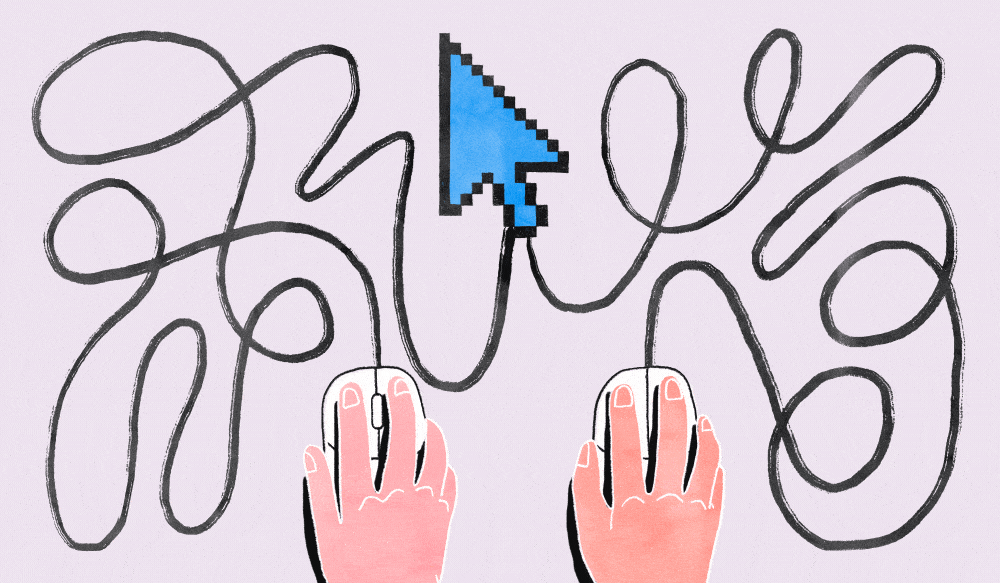‘Looking to jump ship’: How workers are switching from Twitter to Threads

For all its recent missteps, Twitter has long been a vital resource for workers in various industries. A social work hub for professionals. But the tide may be changing for the social platform, as people get frustrated with its leadership and the launch of Meta Threads provides a tempting replacement.
And some professionals aren’t wasting any time switching platform allegiance.
“Twitter has become a critical resource for me to find opportunities for my clients,” said Mark Ballard, svp at advertising agency Harmonica, who has been an avid Twitter user since 2009. “It still, at this moment, serves a purpose. But the millions of Threads adopters is proof that I’m not alone in my frustration with the platform. Like me, millions of others are looking to jump ship.”
Over time Ballard has followed over 4,500 people, with a mix of his personal interests of sports and comedy and media. Twitter is a particularly useful platform for media and marketing professionals, journalists and PRs using it to keep track of trends, reading breaking news and build sources.
It has also been a platform staple for journalists, who have used it as a tool to find new sources, inspire story ideas through what’s trending or develop their professional networks.
But Since Elon Musk’s takeover of Twitter at the end of 2022, the constant alterations to the core product and algorithm have frustrated and angered millions of users. And it’s looking increasingly like Bluesky, a project of Twitter’s creator and former CEO Jack Dorsey, and Spill, which was founded by former Twitter employees and people of color Alphonzo “Phonz” Terrell and DeVaris Brown, isn’t likely to reverse its fortunes either.
Meanwhile, Meta expedited the launch of its rival app Threads, which on Monday announced it has attracted 100 million users just five days after its launch, smashing records for the fastest-growing consumer app.
The app, which connects to your Instagram account, has prompted more people to consider officially dropping using Twitter for work purposes. But can Threads truly ever be a real replacement for Twitter?
Ballard is optimistic it can. He instantly started his transfer to Threads by pinning a tweet to his profile prompting people to follow him on Threads, noting that he will eventually delete his Twitter account.
“Hopefully most of my Twitter followers give me a follow on Threads, but I’m guessing I’ll lose hundreds,” said Ballard. “That doesn’t bother me too much because Twitter’s biggest value to me was always listening. To that end, I’m sure many media pros will ride this wave and I’ll be able to follow and engage with them on Threads. It may not happen overnight, but it’ll happen.”
Tom Chivers is a PR professional who works frequently with journalists. “Twitter was one of the bedrocks of my working day,” he said. “After Tweetdeck was removed as a free service and a new, infinitely-worse paid version was introduced, it was the last straw for many PRs who were already getting sick of the platform.”
He believes that Threads has had a promising start, but has concerns that prevent him from deleting his Twitter right away. He is worried about the lack of a search function for people’s posts, as well as no hashtag function – meaning that the helpful #journorequests are not an option there, at least not yet. This is a hashtag that journalists often use to widen their source nets, and PRs often respond to them with clients that wish to lend their expertise.
“As a result, it would be physically impossible for me to do the same job on Threads as I did previously on Twitter,” said Chivers, who hopes the kinks are worked out so he can eventually make the transition.
Effi Mai, co-founder of marketing agency Six20Two has over 20,000 Twitter followers and is also concerned about what the transition will look like for her, although she’s begun to make the change across her portfolio of 23 clients. “We heard about Threads and said ‘OK, let’s try it out,’” said Mai.
She’s already seen success on Threads with her client accounts, but there are some aspects of it that aren’t seamless yet. The biggest challenge is that it’s not easy to toggle between accounts.
“We’ve had to put every account on our phone and log out and click like six different things before we’re back on,” said Mai. But that’s not keeping her from being optimistic. “I really do think that once that’s sorted out, it will be incredible.”
One thing she’s especially excited about is the 500 character count, which is up from Twitter’s 280. She’s also hoping hashtags come to Threads soon too.
For both her clients and herself, she’s giving it a month before stopping using Twitter entirely if all goes well. For now, she will post everything on both platforms.
Rhea Freeman, a PR advisor and social media expert, is still visiting Twitter for news, breaking stories, to see what’s trending, and to use the searchable hashtag to look for opportunities to contribute to very specific discussions. Like the other professionals, she believes that if Threads develops a searchable hashtag and trending stories concept, she will spend even more time there.
“At the moment, I’m learning what works well on the platform, and in order to do this I’m focusing on engaging with other accounts and contributing to conversations where I have experience or an opinion,” said Freeman. “I’m enjoying the positive vibe over there and like the fact that due to it being so new, it’s much easier to be visible on there and that’s useful for anyone looking to grow and develop a personal brand.”
She’s happy with the start of the new platform and to see what’s in store.
“Threads is still a real baby – it’s just a few days old – and I am sure that there will be many updates and adjustments coming out, just as with every other social media platform or website that has ever existed,” said Freeman.


